Introduction to the flavor characteristics and flavor description of Costa Rican hand-made coffee beans
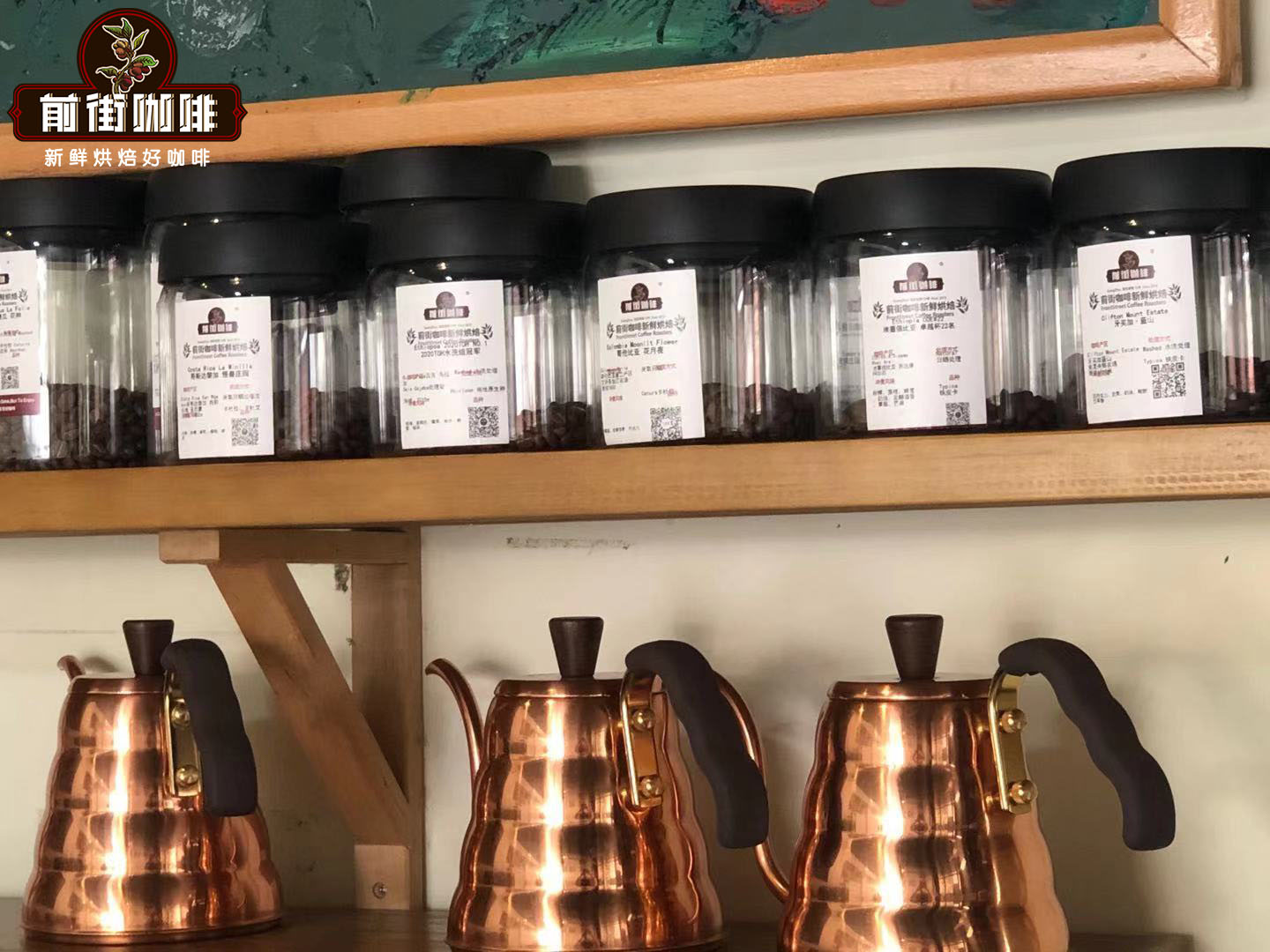
Professional coffee knowledge exchange more coffee bean information please follow the coffee workshop (Wechat official account cafe_style)
Costa Rica, as one of the most famous producing areas in Latin America, its coffee processing technology is also quite perfect, such as washing, tanning, honey treatment, and even anaerobic treatment. There are all kinds of coffee beans treated with raisin honey, so there are many coffee lovers who buy their favorite Costa Rican coffee beans to go home and make their own coffee, but they always feel different from those they drink in cafes. Is it the poor quality of coffee beans? Or maybe your own brewing method is not right, then this article will teach you how to brew coffee by hand and what are the flavor characteristics of Costa Rican coffee beans.
Cultivation conditions of Costa Rican Coffee
We all know that coffee beans belong to crops, which means that their flavor will be affected by geographical environment, soil, and climate. In addition, coffee varieties and treatments will also affect the flavor of coffee beans. Then Qianjie Coffee will introduce how the flavor characteristics of Costa Rican coffee beans are formed with these three major factors.
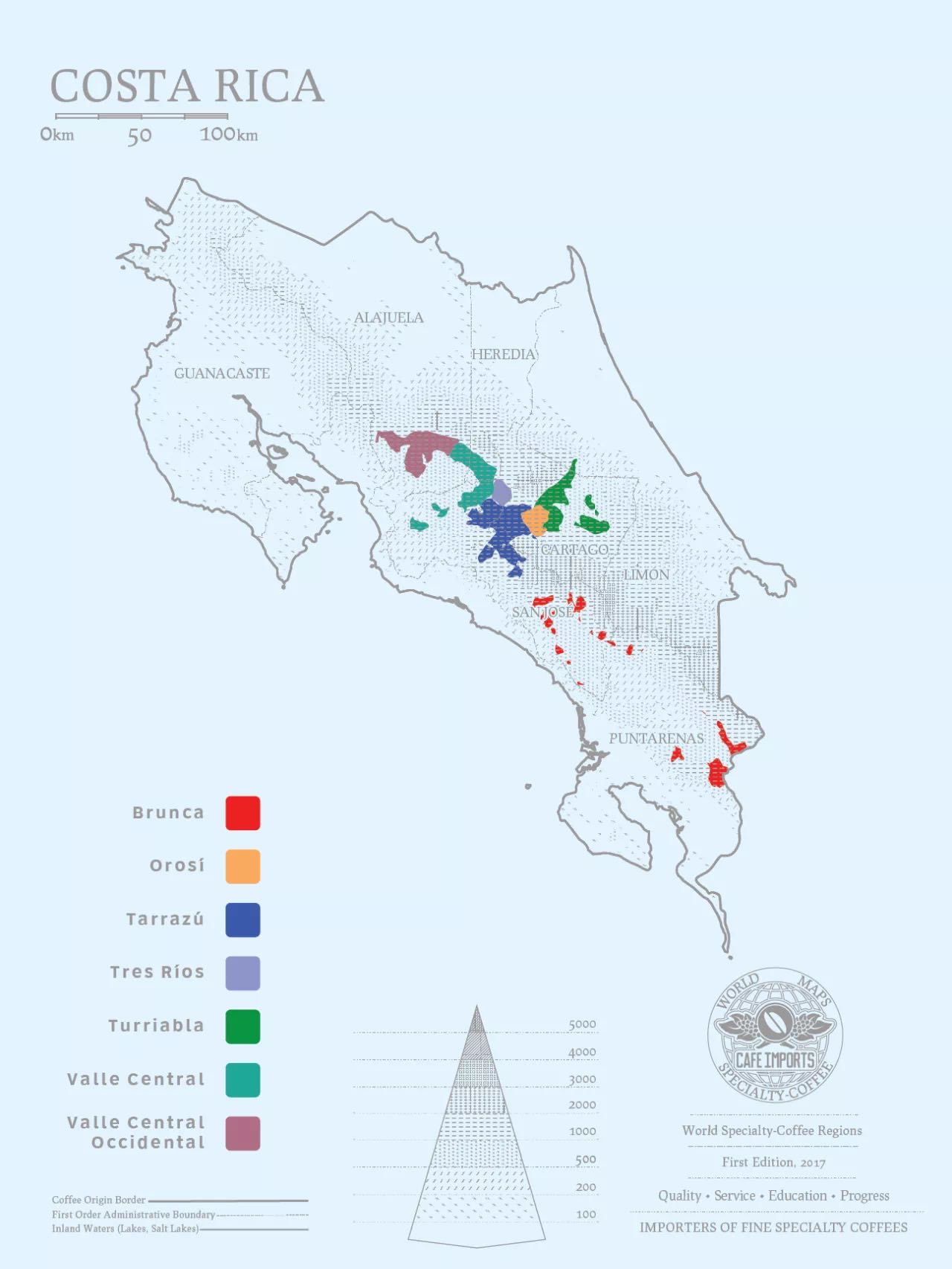
According to Qianjie Coffee, Costa Rica is the country where coffee was first introduced into Central America and has a long history. Volcanic soil is very fertile and good drainage, especially the central plateau Central Plateau, 1200-1600 meters above sea level, the production season from November to March, there are three sub-producing areas, they are San Jose, Eredia, Alajuela. There are three high-altitude volcanoes in the producing area: Irazu, Barva and Poas, which provide rich nutrients for the surrounding coffee. The excellent micro-climate and the two volcanic fertile soils of Po á s and Barva make the beans in this area have superior characteristics, such as chocolate cocoa flavor, bright acidity and elegant aroma.
At the same time, Costa Rica mainly has eight major coffee producing areas, namely: Valley Central Occidental in the western valley, Valley Central in the central valley, Tarrazu in Tarazu, Tres Rios in Sanshui River, Orosi in Europe, Brunca in Brenka, and Turrialba in Duli Alba. Among them, most of the Costa Rican boutique coffee comes from the Tarazhu producing area, so Qianjie Coffee also tastes the coffee beans from this area as Costa Rican rations beans to understand the flavor of Costa Rican coffee beans.
So what's so special about the Tarazhu coffee producing area? According to Qianjie Coffee, Tarazhu is located in the south of the country's capital San Jos é, 1200-1700 meters above sea level, producing areas from December to March, with high acidity, hard and full beans and rich aroma. This area is a world-famous producing area, and its main feature is that the high seafood area creates an unparalleled perfect taste.
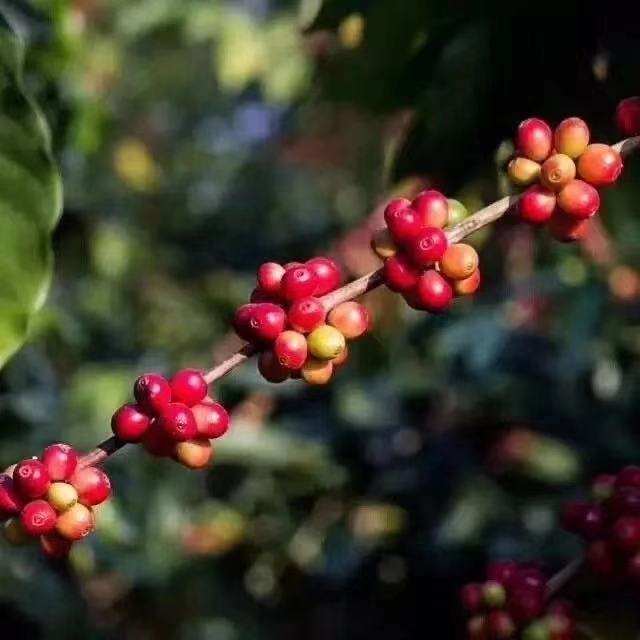
At the same time, Tarazhu is very famous in the world of boutique coffee and is one of the major coffee producing areas in the world. According to Qianjie Coffee, in the 2014 COE competition, 17 of the 23 beans on the list came from the Tarazhu producing area. Thus it can be seen that the coffee beans in Tarazhu producing area are really strong.
Of course, it also has something to do with its soil topography. Tarazhu is located in the fertile volcanic region of Central America, which has a humid climate and fertile volcanic soil, abundant rainfall throughout the year, high altitude, and dense forest natural shade. It provides a unique growth environment for coffee growth. And do not use pesticides or artificial fertilizers in the planting process. Thus it can be seen that Costa Rican coffee farmers attach importance to the quality of coffee cultivation, and no wonder Costa Rica is rich in high-quality coffee beans. Main varieties of Costa Rican coffee
The main varieties of coffee grown in Costa Rica and other Latin America are mainly bourbon, Kaddura, Kaduai, the difference is that Costa Rica also produces Vera Saatchi, Villalobos, and so on. Let's introduce the characteristics of these coffee varieties in Qianjie Coffee.
Bourbon
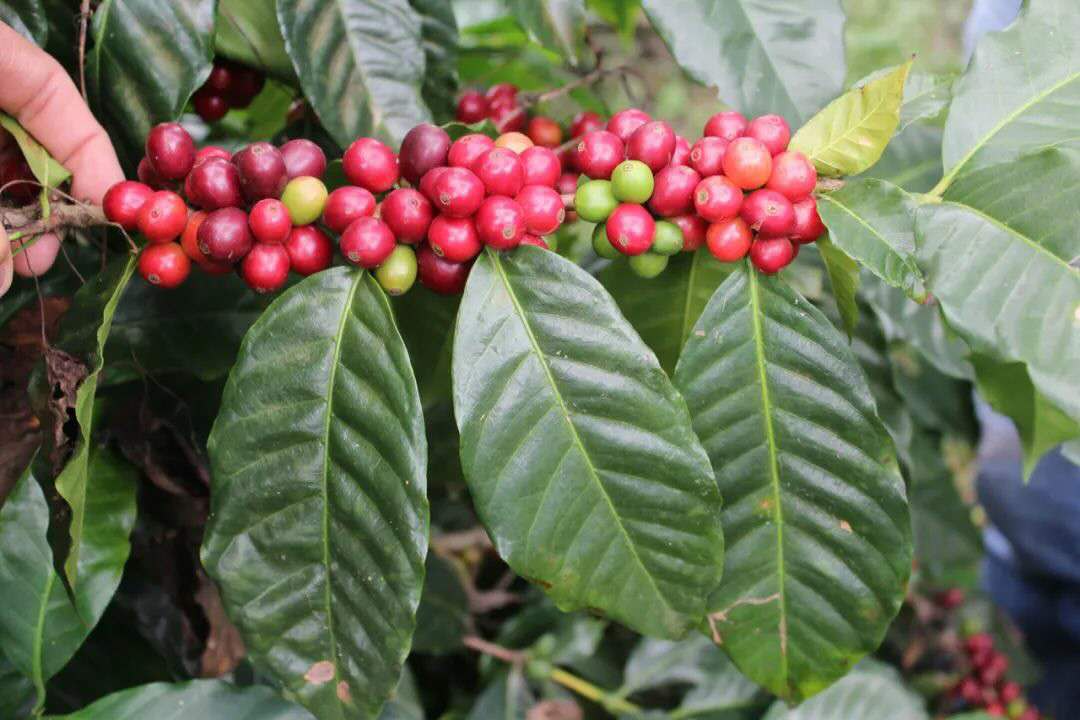
Bourbon is an early variant of the iron pickup that was transplanted to Yemen, and the bean shape changed from thin and pointed to round. It was named bourbon in 1715 after France transplanted round beans from Yemeni mocha to the island of Bourbon on the east coast of Africa (renamed Reunion after the French Revolution). Bourbon beans spread to Brazil and Central and South America in 1727, and the British transplanted Yemeni mochas to St. Helena Island (where Napoleon was later imprisoned) in 1732. Bourbon is the winner of the American boutique coffee cup test.
Kaddura
Kaddura, a natural variety of Arabica Bourbon, was discovered in Brazil in 1937. Its tree is not as tall as bourbon and smaller. Due to inheriting the blood of bourbon, the disease resistance is relatively weak, but the yield is higher than that of bourbon. Although found in Brazil, Kaddura is not suitable for growing in Brazil, so it is not planted on a large scale in Brazil, but is popular in Central and South America, such as Colombia, Costa Rica and Nicaragua. Kaddura is planted on a large scale.
Kaduai

Kaduai is a hybrid of New World and Kaddura. It not only inherits the advantage of the low body of Kaddura tree, but also makes up for the defect of Kaddura's weak fruit without the wind. The result is solid and not easy to fall when the strong wind blows. The biggest regret is that its overall flavor is slightly more monotonous than Kadura. Kaduai also has the difference between red fruit and yellow fruit, and red fruit has a better flavor than yellow fruit.
Vera Saatchi
Vera Saatchi is a bourbon variety, this bourbon green-topped dwarf natural mutant was discovered in Costa Rica in 1950, followed by pedigree selection (through successive generations of selection of a single plant), but this variety was not widely cultivated in Costa Rica, but was introduced to Honduras by the Honduran Coffee Institute (IHCAFE) in 1974. It is a very complex coffee in smell, suitable for medium and deep roasting, and the ground dry aroma with perfume, nectar and cherry aromas, mixed with cinnamon-like sweet spices.

Villalobos
Villalobos, which was born in Costa Rica, is a variant of the iron pickup, with branches and trunks at an angle of 60 degrees and bronze leaves. This kind of growth is particularly good at high elevations, and strong wind resistance, can also grow in barren soil, it will be better to grow under shade trees. The most striking feature of the taste is its excellent sweetness and beautiful acidity.
The above are some of the more common varieties of coffee in Costa Rica arranged by Qianjie Coffee. Next, Qianjie Coffee will give you some science about Costa Rican coffee treatment.
Costa Rican coffee bean treatment
The most widely used treatment in Costa Rican coffee producing areas is honey treatment, which refers to the process of making raw beans that are sun-dried with mucous membrane (also known as pectin). After the outer pulp of the coffee bean is removed, there will be a layer of sticky jelly (pectin). The traditional washing method washes it away with clean water, but this direct drying method has been born because of the limitations of water resources in some high-altitude areas.
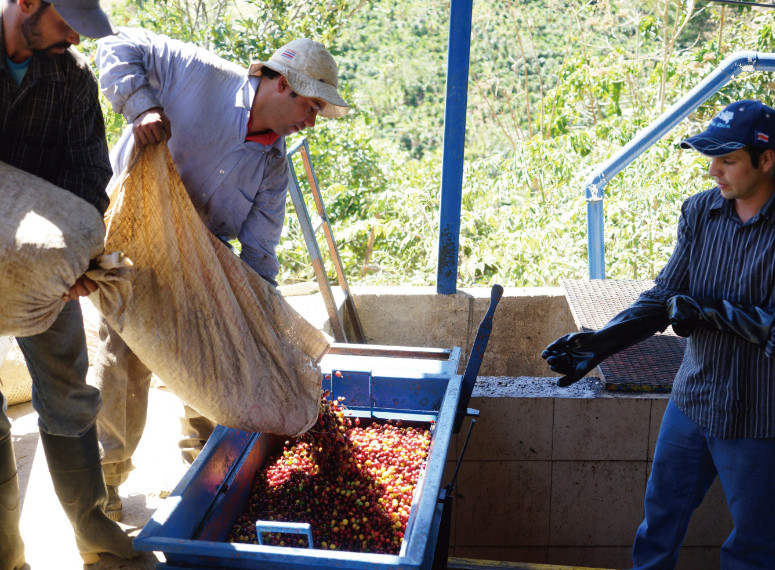
Costa Rican honey-treated coffee beans retain the cleanliness of the water treatment, although the brightness of the coffee has decreased, but increased sweetness and caramel taste. According to the degree of honey treatment, Costa Rican honey-treated coffee beans are divided into yellow honey treatment, red honey treatment and black honey treatment.
To sum up briefly, that is:
Sweetness: black honey > red honey > yellow honey
Cleanliness: yellow honey > red honey > black honey
Sense of balance: red honey = yellow honey > black honey
The above are the three major factors related to the formation of the flavor characteristics of Costa Rican coffee beans sorted out by Qianjie Coffee, hoping to help coffee lovers understand the formation of Costa Rican coffee bean flavor. Then Qianjie Coffee will use the more common "Costa Rican Tara Zhukanette Manor musicians Series Honey processed Coffee beans" to conduct a hand-brewing tutorial for everyone.
Front Street Coffee Costa Rica Carnett musician Series Coffee Bach
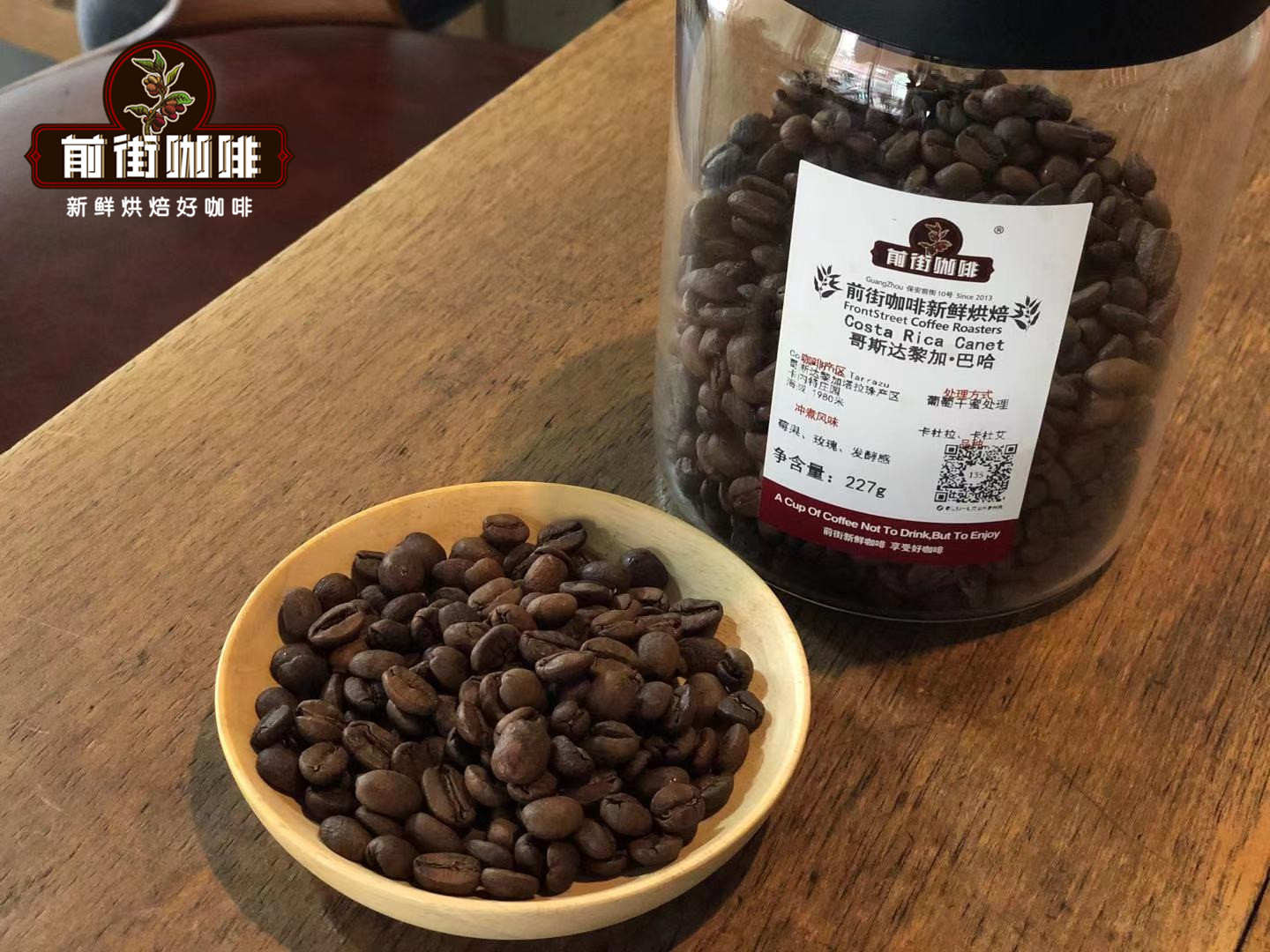
Country: Costa Rica
Producing area: Tarazhu
Altitude: 1950m
Treatment: raisin honey treatment
Grade: very hard bean SHB
Variety: H1
Front Street Coffee Costa Rican Carnett musician series Mozart
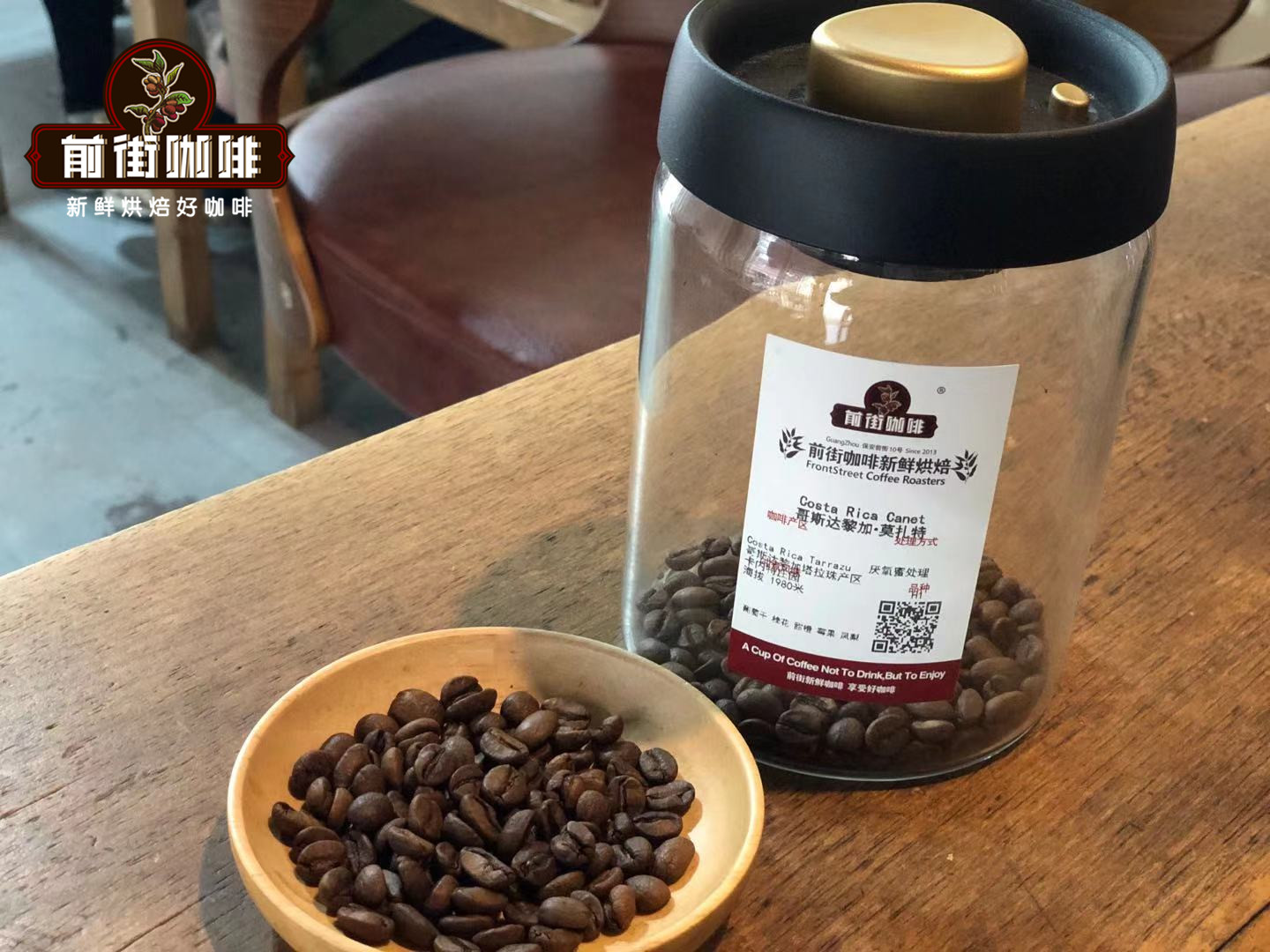
Country: Costa Rica
Producing area: Tarazhu
Altitude: 1800m
Treatment: raisin honey treatment
Grade: SHB
Variety: H1
Suggestion on brewing Costa Rican coffee beans in front of the street
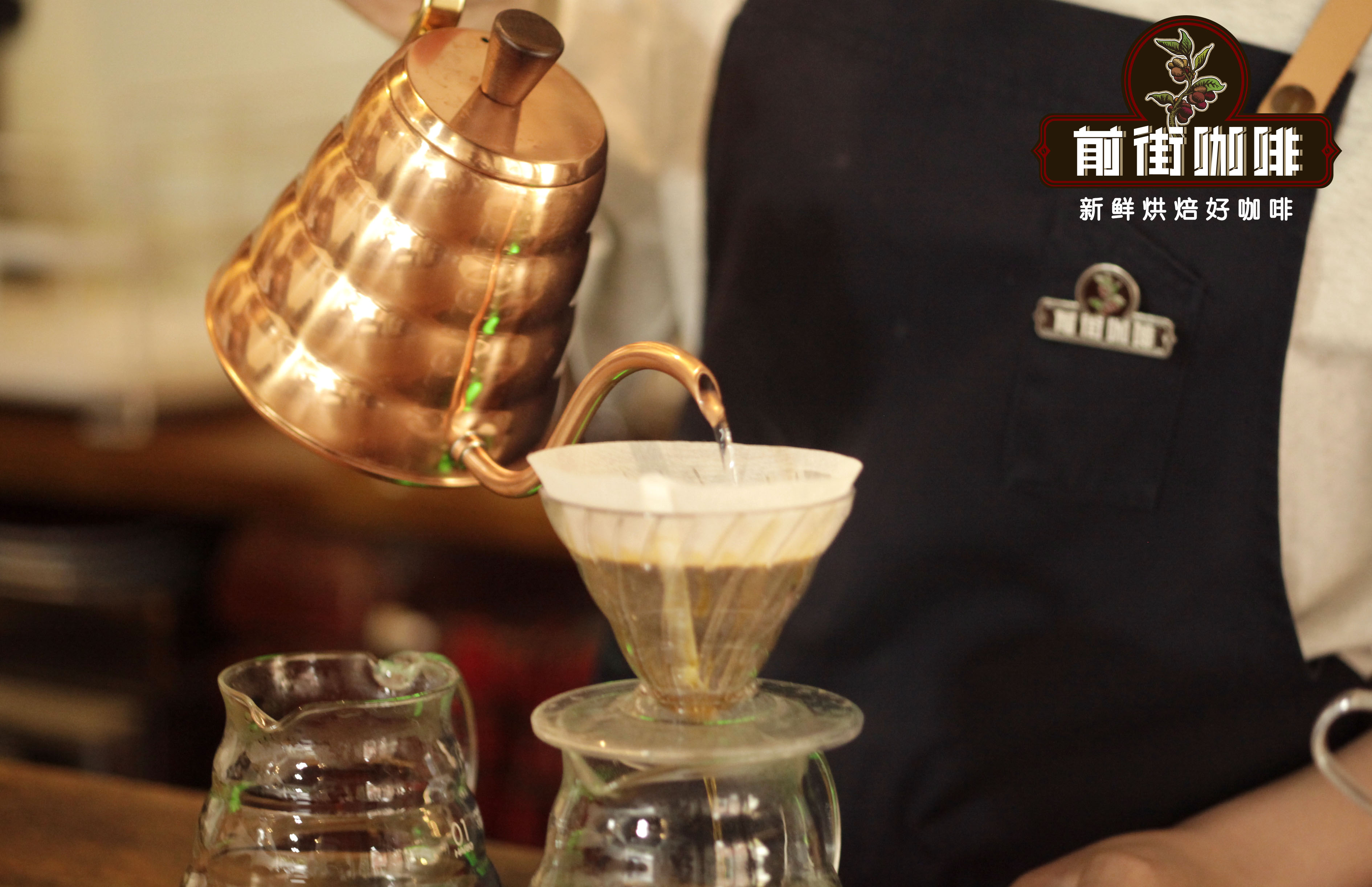
Filter cup: Hario V600001
Powder content: 15g
Powder / water ratio: 1:15
Water temperature: 90 °C
Degree of grinding: medium and fine grinding (81% of Chinese standard No. 20 screen pass rate)
Qianjie coffee brewing technique: segmented extraction technique.
First of all, the powder layer was fully wetted in the shape of "hamburger" for 30 seconds with 30g water, and then the second stage was boiled. In the front street of the second section, the smooth medium-fine water is injected around the circle, and the water is injected to 125g at 55s of the timer, then stop and wait for the water level to drop to 2 / 3 of the powder layer to inject into the third section. The third section of the front street continues to be flat 1: 55 ".

Baja coffee bean brewing flavor: the high temperature is grape-like sweet and sour and wine-like fermented feeling, slowly cooled to a red berry-like juice and rose aroma, the tail is as sweet as caramel.
Mozart coffee bean brewing flavor: berry, fermentation aroma, entrance with raisins, sweet orange, fermented wine and sweet-scented osmanthus fragrance under the change of temperature.
The above are the brewing parameters of hand-brewed Costa Rican coffee beans shared by Qianjie Coffee. I hope it can help coffee lovers so that they can get the correct coffee flavor in the future.
For more boutique coffee beans, please add private Qianjie coffee on Wechat. WeChat account: kaixinguoguo0925
Important Notice :
前街咖啡 FrontStreet Coffee has moved to new addredd:
FrontStreet Coffee Address: 315,Donghua East Road,GuangZhou
Tel:020 38364473
- Prev

What is the difference between yellow honey, red honey and black honey in the flavor of Costa Rican honey treated coffee?
Costa Rican coffee honey treatment, called HoneyProcess or Miel Process, is used in coffee gardens in places such as Honey Coffee, Costa Rica (Costa Rica), Panama (Panama) and Guatemala (Guatemala). The so-called honey treatment refers to the process of making raw beans with mucous membrane for sun-drying. In the coffee
- Next
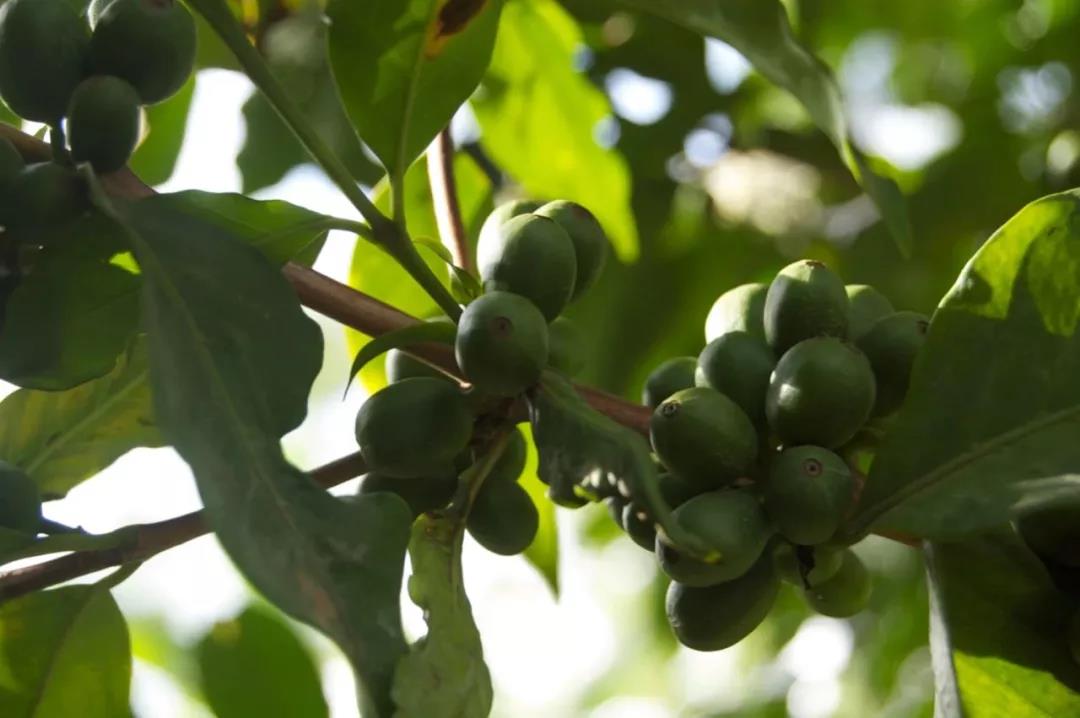
Africa Kenya AA hand-made coffee beans are so sour how to do Kenya AA coffee introduction
Professional barista communication please follow the coffee workshop (Wechat official account cafe_style) Kenya AA, round beans, thick flesh, good heat permeability, high precision, using French baking, rich and sweet taste, mellow thickness, good expansibility, aroma and sweetness are of high grade. The best grade of coffee is beans
Related
- Detailed explanation of Jadeite planting Land in Panamanian Jadeite Manor introduction to the grading system of Jadeite competitive bidding, Red bid, Green bid and Rose Summer
- Story of Coffee planting in Brenka region of Costa Rica Stonehenge Manor anaerobic heavy honey treatment of flavor mouth
- What's on the barrel of Blue Mountain Coffee beans?
- Can American coffee also pull flowers? How to use hot American style to pull out a good-looking pattern?
- Can you make a cold extract with coffee beans? What is the right proportion for cold-extracted coffee formula?
- Indonesian PWN Gold Mandrine Coffee Origin Features Flavor How to Chong? Mandolin coffee is American.
- A brief introduction to the flavor characteristics of Brazilian yellow bourbon coffee beans
- What is the effect of different water quality on the flavor of cold-extracted coffee? What kind of water is best for brewing coffee?
- Why do you think of Rose Summer whenever you mention Panamanian coffee?
- Introduction to the characteristics of authentic blue mountain coffee bean producing areas? What is the CIB Coffee Authority in Jamaica?

